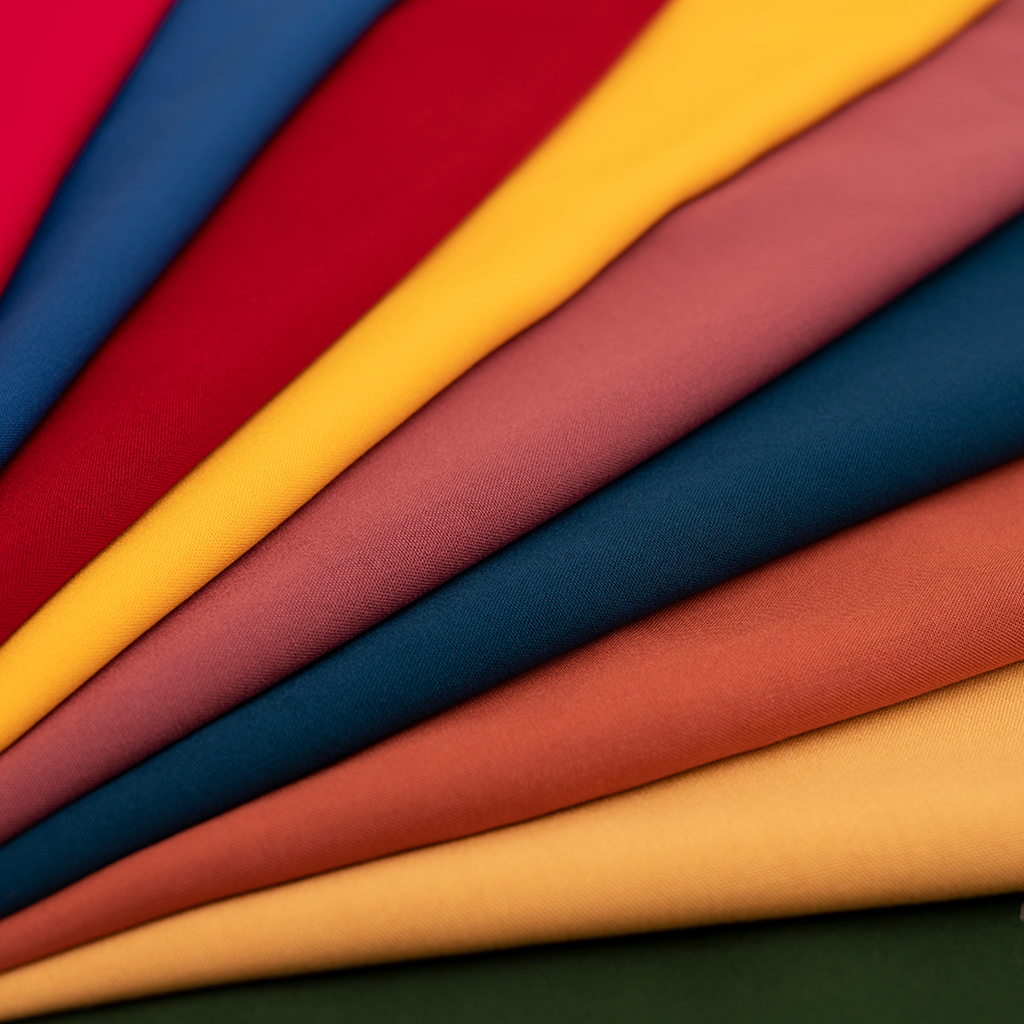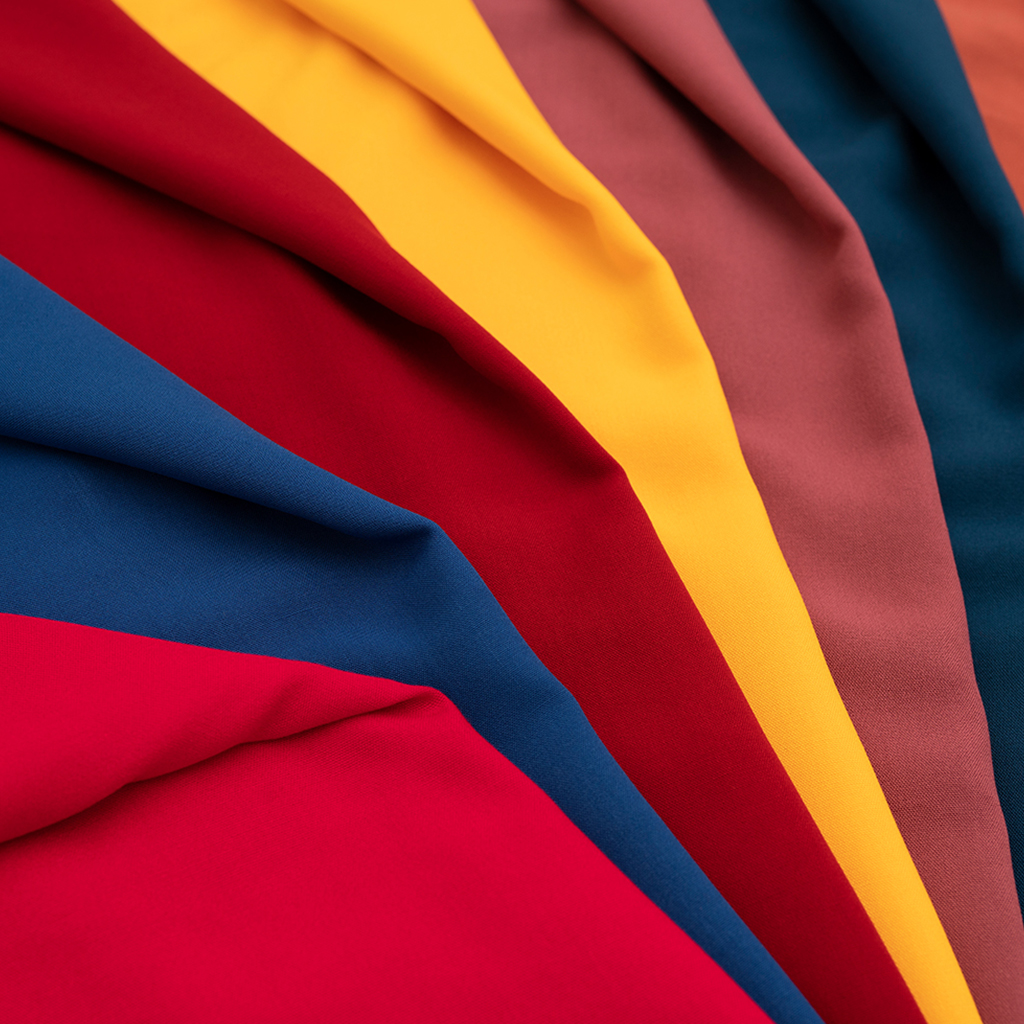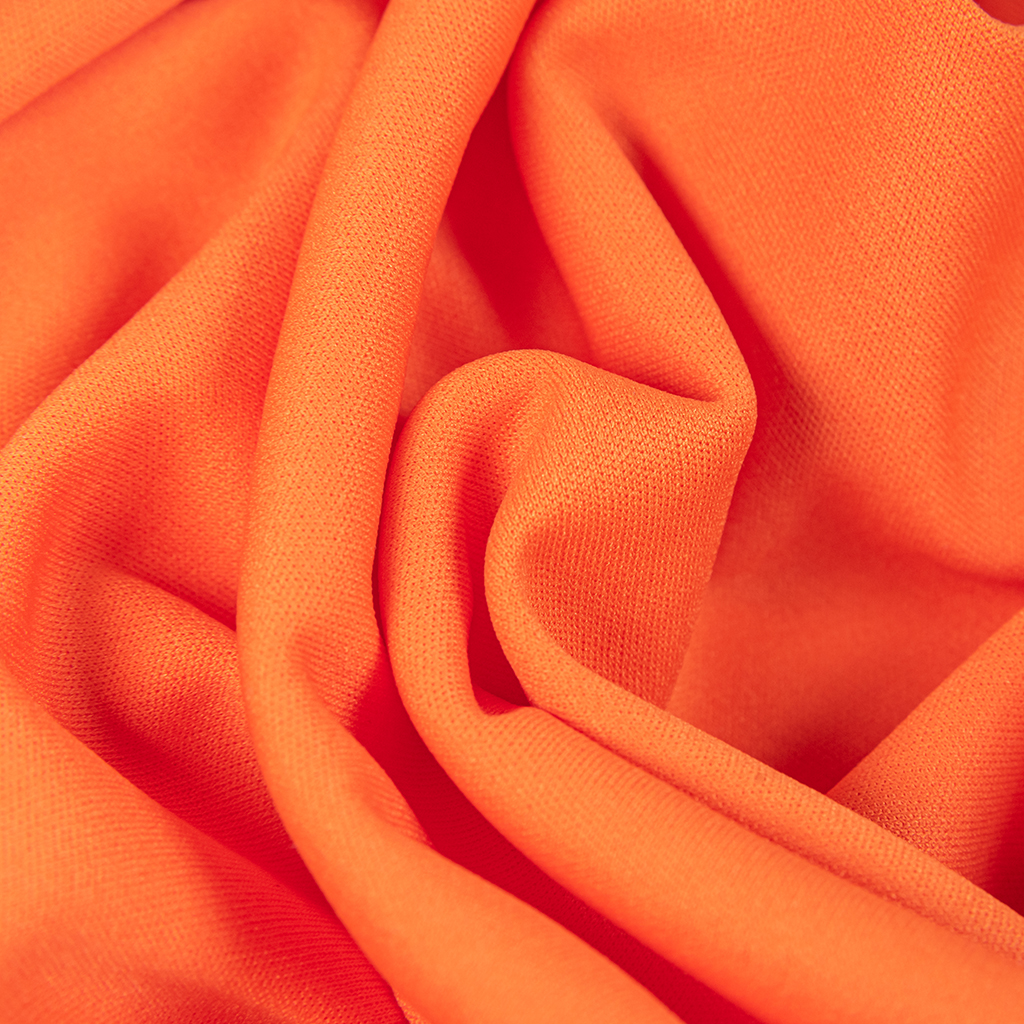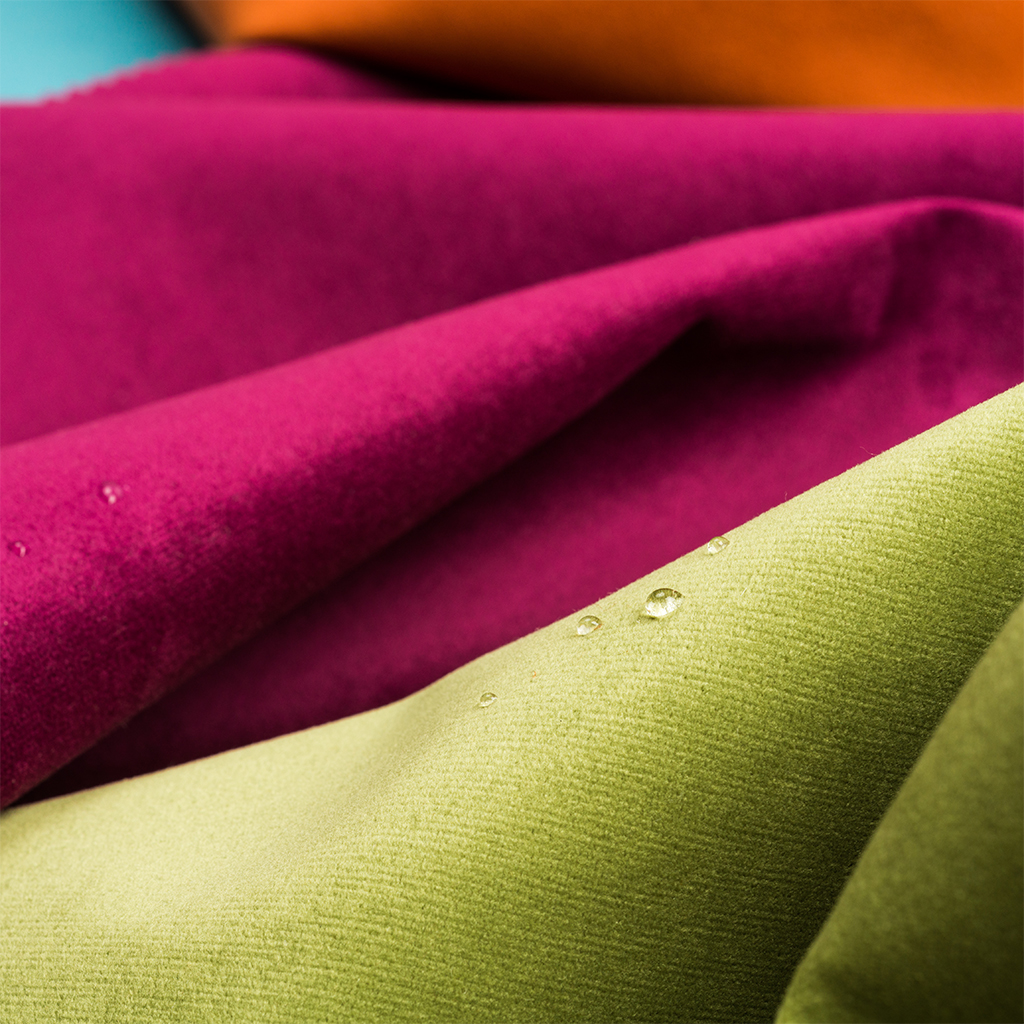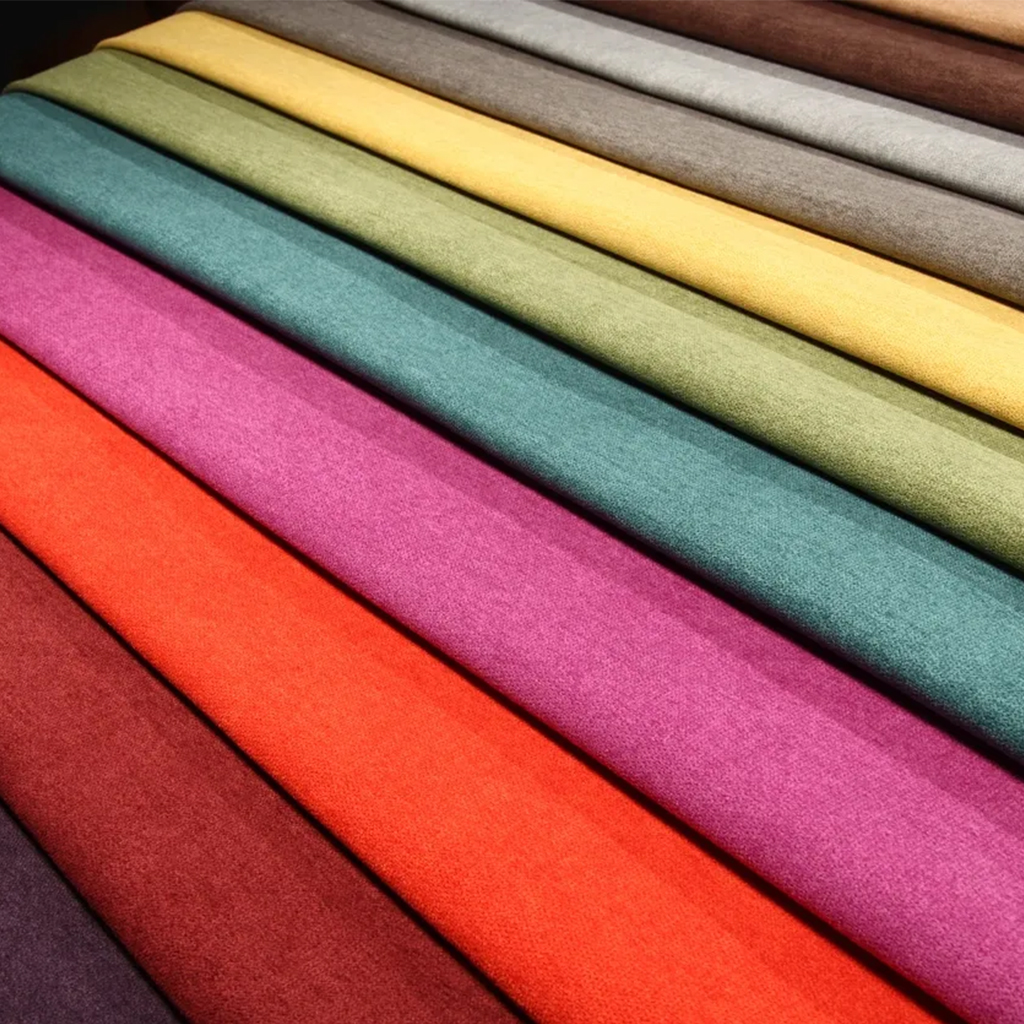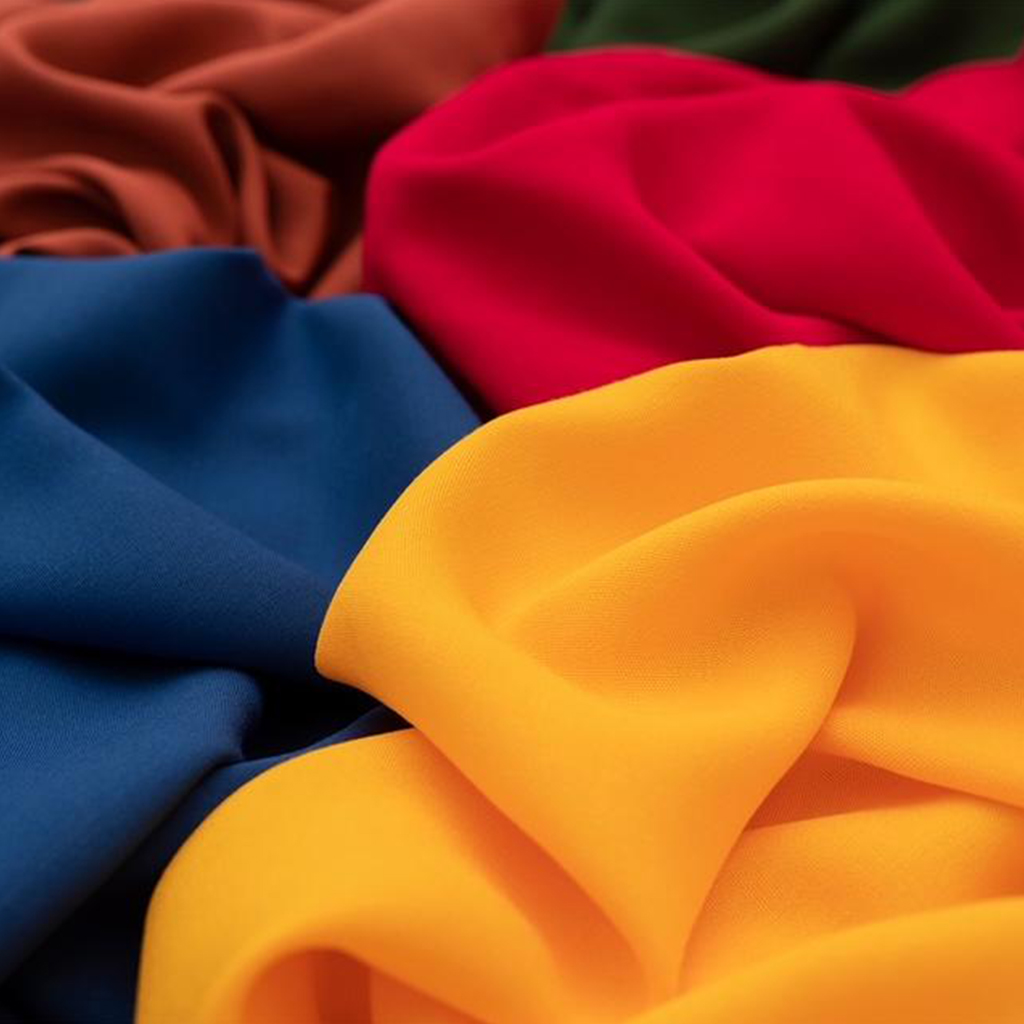Among the coloring techniques in the textile industry, the prominent solid dyeing method lays the foundation for creating clean and simple designs on fabrics with a touch of pure color. This traditional method aims to achieve a deep and saturated expression in a single color by uniformly applying the color to all fibers of the fabric.
Solid dyeing is generally compatible with fabrics containing natural fibers, particularly successfully applied to materials such as cotton, linen, and wool. However, it can be successfully adapted to synthetic fiber fabrics through industry-specific processes. The coloring process typically takes place in large tanks, where fabrics are immersed in coloring solutions carefully combined with hot or cold water.
Solid dyeing stands out as a powerful tool for designers and manufacturers to create simple and stylish clothing pieces. This method caters to a wide design range, from classic monochromatic styles to vibrant color palettes. Additionally, the solid dyeing process reduces dyeing costs, encouraging the production of clothing products that reach consumers at a competitive price.
Solid dyeing may be the first choice for fashion designs seeking simplicity and durability. The elegance of pure colors emphasizes the quality and sophistication of this method. Moreover, this method can align with sustainability efforts in the clothing industry by minimizing environmental impact through reduced chemical usage and lower energy consumption.
